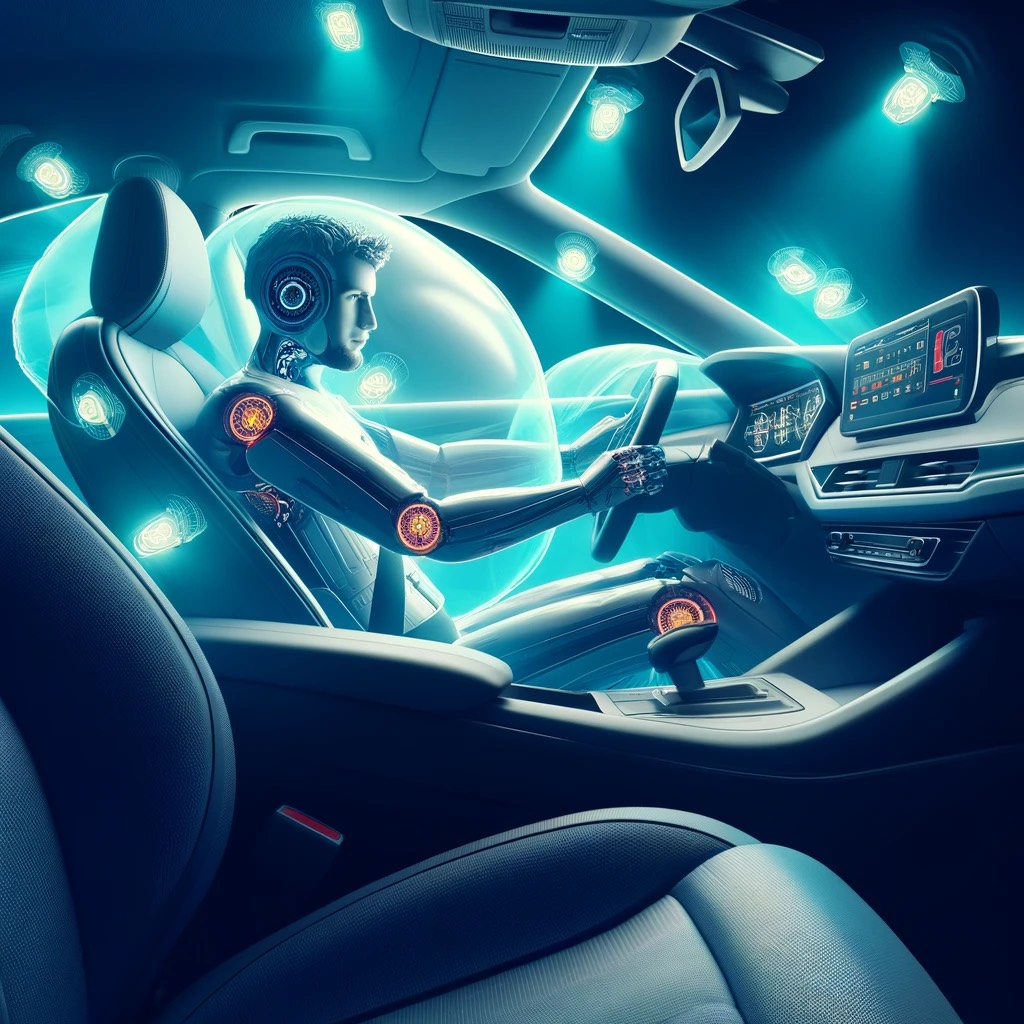An AI Analysis On Automotive Safety and Modern Airbag Systems
In the realm of automotive safety, modern airbag systems stand out as a pinnacle of innovation, offering unprecedented protection mechanisms. These systems have transcended traditional safety measures, embracing advanced predictive technologies that enable pre-emptive responses to imminent collisions. The integration of sophisticated sensors and algorithms allows for real-time crash scenario analysis, ensuring airbag deployment is both timely and precise, thus mitigating the risk of injury significantly. Further advancements have led to the development of smart restraint systems. These systems are calibrated to adjust their response based on the severity of the impact, the physical characteristics of the occupants, and their positioning within the vehicle. This level of customization ensures optimal protection for each individual, reflecting a significant leap forward in occupant safety. The evolution of airbag technology is also marked by a shift towards developing deployment mechanisms that are less aggressive yet highly effective, especially in scenarios involving occupants who are out of the standard positioning at the time of the crash. This focus on adaptability and occupant safety underscores the industry’s commitment to minimizing the risks associated with airbag deployment. Research in this field continues to thrive, with efforts aimed at enhancing the material and deployment strategies of airbags. The goal is to further reduce the instances of airbag-induced injuries, thereby maximizing the protective benefits of these systems. Such continuous improvements are indicative of the automotive industry’s unwavering dedication to advancing vehicle safety standards. Conclusively, the advancements in airbag systems exemplify the automotive industry’s commitment to leveraging technology for enhancing safety. The ongoing research and development in this area are pivotal in ensuring that airbags continue to offer substantial protection, minimizing injuries and safeguarding lives across diverse accident scenarios.

